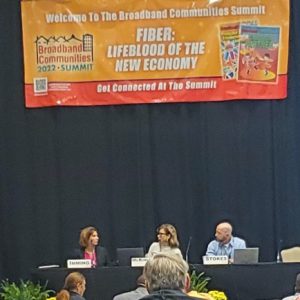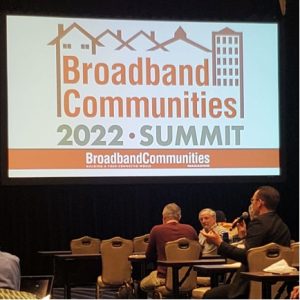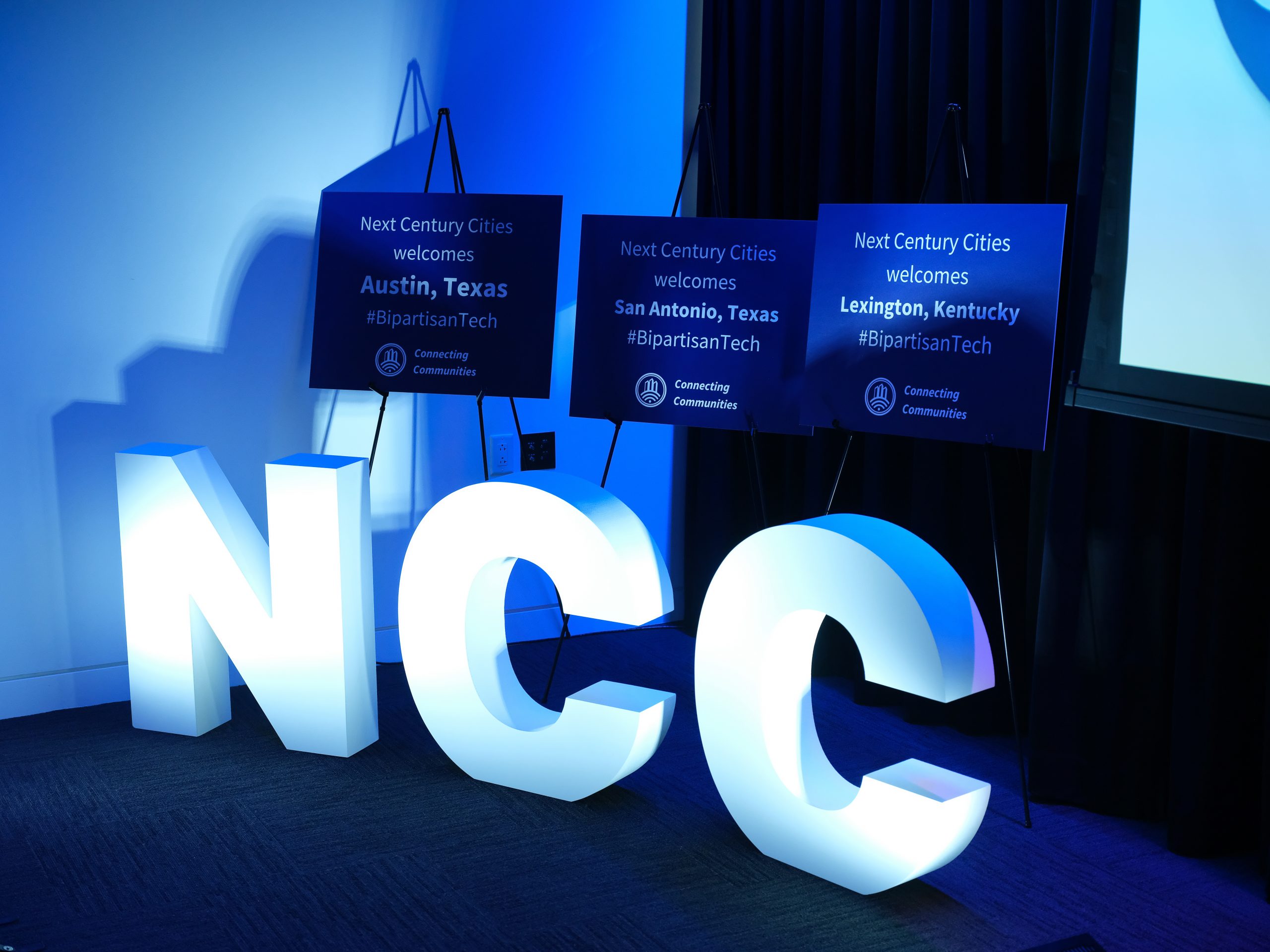By Corian Zacher




Community leaders, nonprofit advocates, and broadband providers from across the country convened in Houston, Texas, the week of May 2nd through the 5th for the Broadband Communities Summit. The conference focused on making the most of upcoming grant funding opportunities, highlighting successful partnership strategies, and showcasing models for broadband deployment.
Among a wide range of topics, the need for building relationships between local, state, and federal governments was a centerpiece. For instance, unlike past federal funding programs, the American Rescue Plan Act and the Infrastructure Investment and Jobs Act both channel funding through state leaders, making coordination efforts between federal and state as well as state and local relationship-building imperative. While new federal programs introduce funding possibilities for nontraditional broadband providers, like local governments, nonprofits, and cooperatives, state plans need local input. Reaching out to state broadband officers is an important step for local officials, but that may be easier said than done in states like Michigan, which have yet to designate a state officer.
For anyone interested in improving broadband in their community, developing partnerships is a crucial first step. Community leaders, providers, and members of the public all bring important insights and assets to the table.
Traverse City, Michigan, is a successful example of this practice. What began as a municipal utility that built out fiber for its electrical grid became a community broadband network through thoughtful strategic planning and partnerships. As Scott Menhart, Chief Information Technology Officer for Traverse Power & Light, explained during a panel on becoming investment ready, understanding physical and human infrastructure in communities is critical to finding advantageous solutions for everyone.
KC Digital Drive, a nonprofit in Kansas City, Missouri and Kansas, takes a different approach. Through building relationships with members of the community who represent different sectors, subject areas, and layers of engagement, Aaron Deacon KC Digital Drive’s Managing Director explained that broadband is a tool that helps achieve a community-wide impact.
Other communities have benefited from open-access models, where a public entity like a city, county, or nonprofit builds a fiber ring and invites Internet Service Providers to offer service directly to residents. UTOPIA Fiber, a group of 11 cities in Utah formed in 2005, is one example of this model. During a panel on managing project implementation, Kim McKinley, Chief Marketing Officer, UTOPIA Fiber, and Angela Imming, Director of Technology and Innovation, City of Highland, Illinois, discussed the dual need to plan infrastructure builds well in advance while also remaining agile. McKinley and Imming both agreed that while brand awareness is important, it’s better to underpromise and overdeliver. After listening to residents’ frustrations with incumbent providers, both networks tailored their management strategies to prioritize local needs.
Each of these solutions represents a commitment to improving broadband infrastructure with, rather than for, communities. Just as each community is as unique as the residents who compose it, developing the right plan requires ongoing input from the people impacted.
Additional Resources:
- Video Clip from Innovation Fellow Joshua Williams, Office of Mayor Sylvester Turner in Houston, Texas (NCC Bipartisan Tech 22)
- Next Century Cities Funding Explainer For Local Officials
- States Risk Leaving Broadband Money on the Table (Pew Charitable Trusts)
- Broadband Financials: A Practical Primer (Schmidt Futures)

